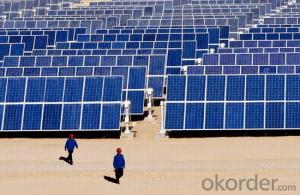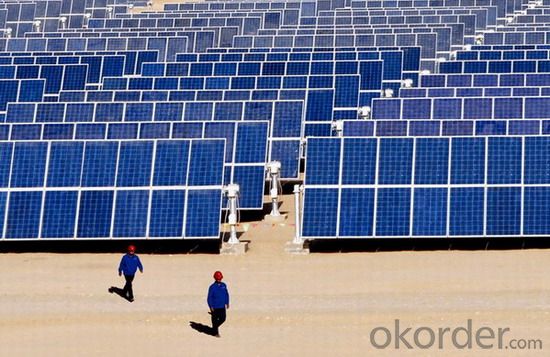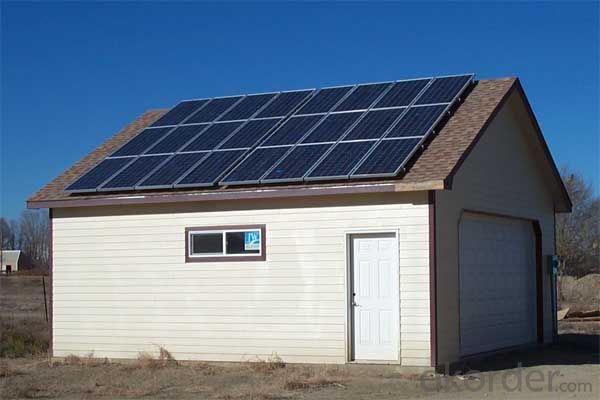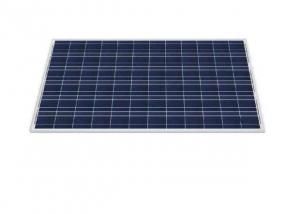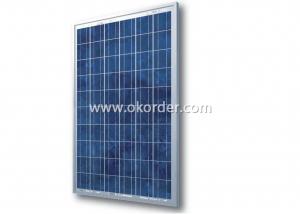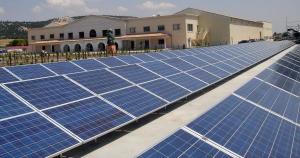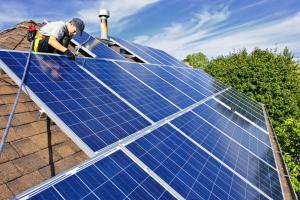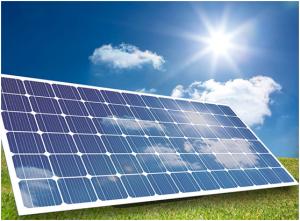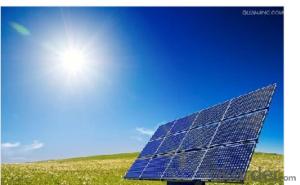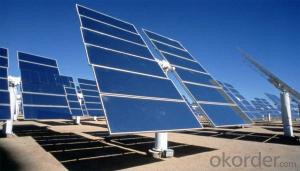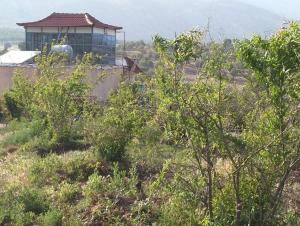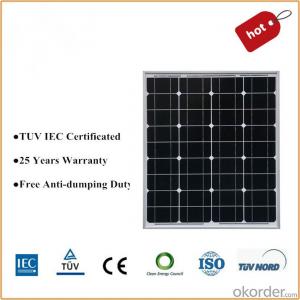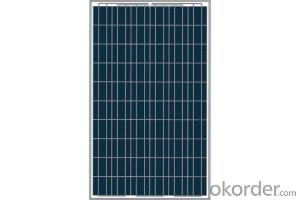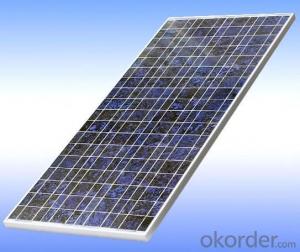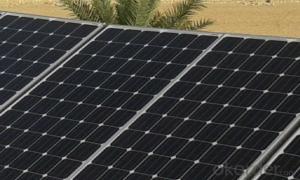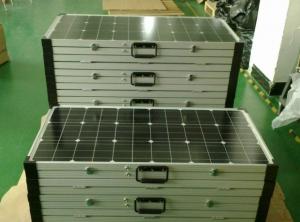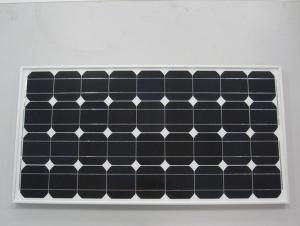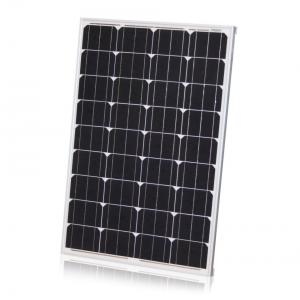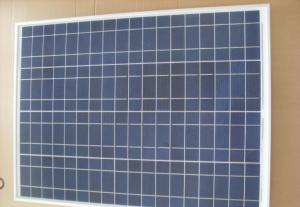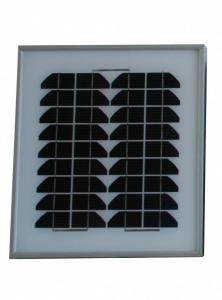Xantrex Approved High Efficiency 80W Mono Solar Panel - UL & TUV Certified
- Loading Port:
- Shanghai
- Payment Terms:
- TT OR LC
- Min Order Qty:
- 10000 watt
- Supply Capability:
- 20000000 watt/month
OKorder Service Pledge
OKorder Financial Service
You Might Also Like
Specification
1.The Description of Product
Nowadays, with the shortage of the energy sources, people start to develop the solar energy, a new long lasting sources of energy which can be used almost anywhere. Why solar energy become so popular, we summarized the below some advantages of solar energy.
Type | CNBM Solar Polycrystalline Series |
Materials | Silicon |
Guarantee | 12 yrs free from defects in materials and workmanship No less than 90% within 10yrs and no less than 80% within 25yrs TUV(IEC61215&IEC61730), CE, UL |
Application | Photovoltaic/ solar/ green energy/ energy saving |
Descriptions | 1.High efficiency crystalline silicon solar cell. Even if under the weak light, the solar module can produce maximum power output. 2.Tempered glass (toughened glass): Anti-reflecting coating and high transmission rate glass increase the power output and mechanical strength of solar module. 3. EVA and TPT: Using high quality EVA and TPT to prevent destroying and water. 4. AI frame: Without screw, rner connection. 6 holes on the frame can be installed easily. 5. Junction box: Multi function junction box with water proof. 6. Long lifetime: ≥25 years; Less power decrease. 7. Good performance of preventing from atrocious weather such as wind and hails. 8. Resisting moisture and etching effectively, not effected by geology. 9. The certificate issued by international authority: UL, TUV, IEC, CE.
|
2.Production Line
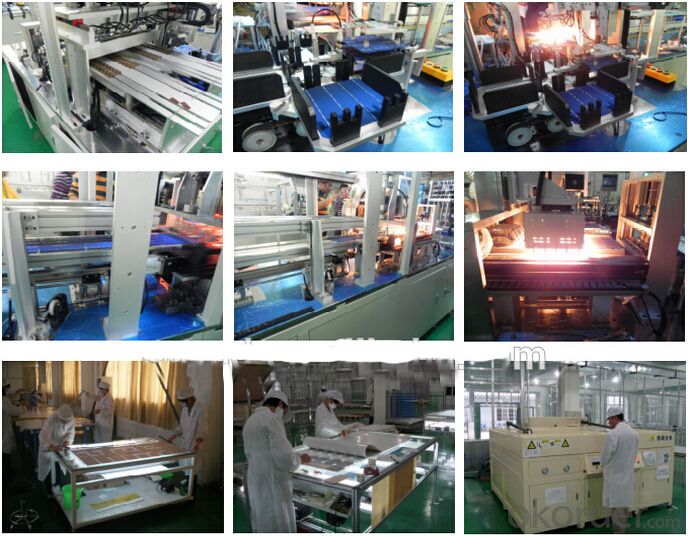
3.The Pictures of Solar Panels
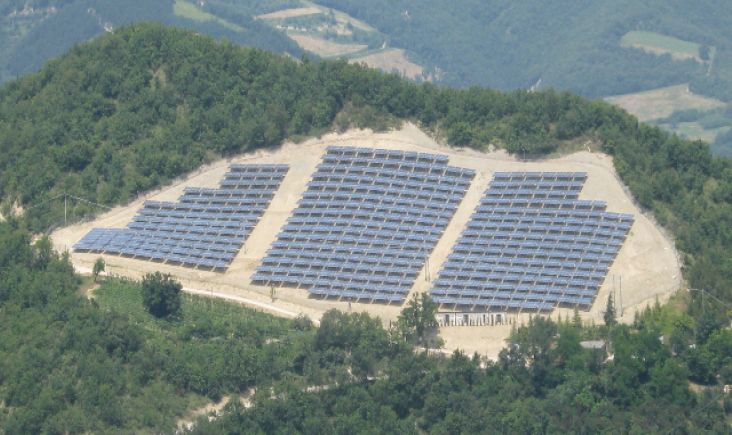
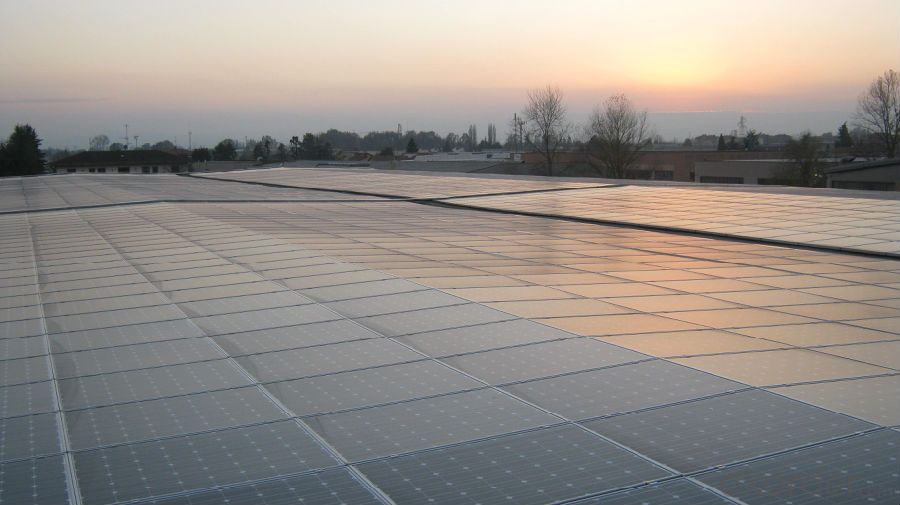
4.Packing
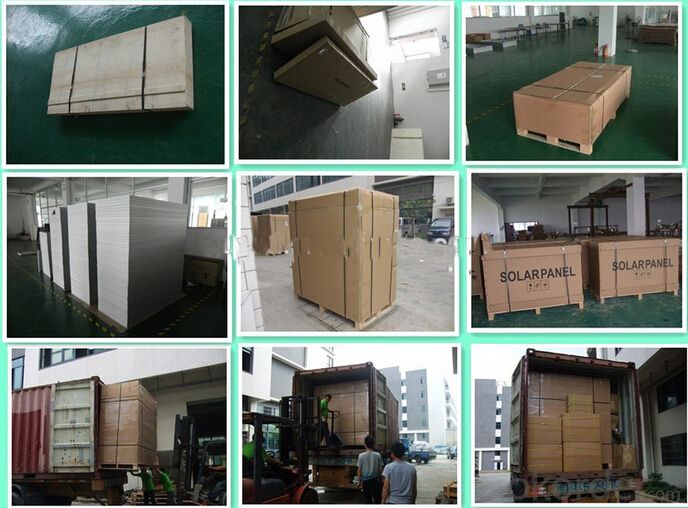
5.FAQ
1). How to buy?
Contact with the talking button.
2).Can you do OEM for us?
Yes, we can.
3). How long can we receive the product after purchase?
In the purchase of product within three working days, We will arrange the factory delivery as soon as possible. The perfect time of receiving is related to the state and position of customers. Commonly 7 to 10 working days can be served.
4). Can we visit your factory?
Sure, welcome at any time is believing.
- Q: How do solar panels impact the aesthetics of a building?
- Solar panels can have both positive and negative impacts on the aesthetics of a building. On one hand, solar panels can enhance the visual appeal by adding a modern and sustainable look to the structure. They can be integrated seamlessly into the design, giving the building a contemporary and eco-friendly appearance. On the other hand, some people may find solar panels visually unappealing or out of place, especially if they are not well-integrated or if they differ significantly from the building's architectural style. Ultimately, the impact on aesthetics will depend on the design and placement of the panels, as well as individual preferences.
- Q: For a computer technology project we are using solar panels and trying to see different methods that will increase the output of solar power from these panels. For now, we have got polymer stickers and mirrors. Are there any more methods, or information that increase the solar power? Please and thank you :)
- I agree with the other answers; . Different angles to attract more light. 2. Cooling the panels. Just make sure you have a control set up. As for the cooling I'd say if the aim was overall energy efficiency then this method would not work unless you could devise a cooling method that didn't use any electricity.
- Q: Can solar panels be installed on restaurants or hotels?
- Yes, solar panels can be installed on restaurants or hotels. In fact, many restaurants and hotels have been adopting solar energy as a sustainable and cost-effective solution to reduce their carbon footprint and electricity bills. Installing solar panels on rooftops or in parking lots can generate clean energy, helping these establishments become more environmentally friendly while also saving money on electricity expenses.
- Q: im interested in starting a solar panel manufacturing company. ive researched on how to make them and it doesnt look too hard, and is definitely something i can figure out. i would be starting from nothing so my question is what are the chances of me actually selling a lot of panels and the business actually succeding?thanks
- At this very moment, most of the people already have an idea on how to create their own solar panels, And creating your own company takes a lot of necessities such as permits ans other stuffs like that,.
- Q: How do solar panels affect roof maintenance?
- Solar panels can have both positive and negative effects on roof maintenance. On the positive side, solar panels can provide an added layer of protection to the roof by shielding it from harmful elements like UV rays, rain, and snow. This can help extend the lifespan of the roof and reduce the need for repairs. However, solar panels can also make roof maintenance more challenging as they need to be regularly cleaned and inspected to ensure optimal performance. Additionally, any repairs or maintenance work on the roof may require temporarily removing the panels, adding an extra step to the process.
- Q: how to use a motor with solar panel
- You really need to read up on some basic electricity before you begin this experiment. The voltages and current requirements of the motor as well as the supply all come into play
- Q: My solar panel is 24long..It is set at 45deg..the arms are 8quot;long to achieve that angle for winter. I need to get to 7deg for summer..how long will the new arms need to be?..in layman's terms please...thx
- 2.20 approximatey (2 /4 -- ish) X = (tan7)(8/tan45)
- Q: how the energy of load connected to solar PV measure.?Want too the basic idea about it.The role of current flowing thrugh the load?Can u explain with example..can explain simply?Im not an electrical student so explain very basics
- Most PV solar panels are labelled with their peak power output - this is the maximum power (measured in Watts) which that panel can generate in full sunlight. Remember these simple formula- V=IR and P=VI The current flowing through load keep the flow of electrons and thus energy is produced.
- Q: i trying to make a solar panel. right now i dont have money to go and buy a copper sheet. so can i make it out of aluminum foil. if there is a way please tell me how. and what do i use for wires. i making this to charge batteries.
- Homemade okorder
- Q: Can solar panels be used for powering agricultural irrigation systems?
- Yes, solar panels can be used to power agricultural irrigation systems. Solar-powered irrigation systems are increasingly being used in agriculture as they provide a sustainable and cost-effective solution. Solar panels convert sunlight into electricity, which can then be used to power pumps and other irrigation equipment, reducing reliance on fossil fuels and electricity grids. This approach helps farmers save on energy costs and reduces their carbon footprint.
Send your message to us
Xantrex Approved High Efficiency 80W Mono Solar Panel - UL & TUV Certified
- Loading Port:
- Shanghai
- Payment Terms:
- TT OR LC
- Min Order Qty:
- 10000 watt
- Supply Capability:
- 20000000 watt/month
OKorder Service Pledge
OKorder Financial Service
Similar products
Hot products
Hot Searches
Related keywords
